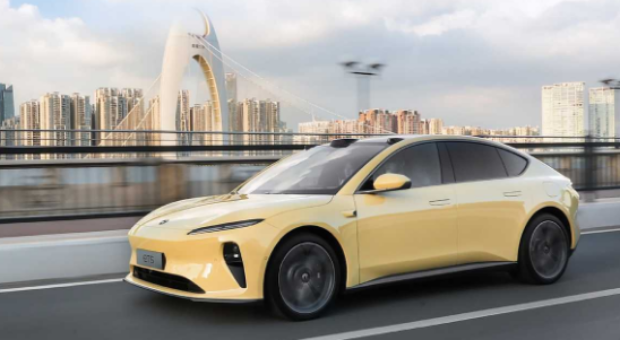
The world of transportation is on the cusp of a major revolution, with new technologies and innovations set to transform how we move from place to place. From the development of hyperloops to the rise of flying taxis, the future of transportation promises to be faster, more efficient, and incredibly exciting. In this article, we’ll explore some of the most promising developments in the world of transportation and how they could change the way we travel.
Hyperloops: The High-Speed Rail of the Future
Imagine traveling at near-supersonic speeds in a pod through a low-pressure tube. This is the concept behind hyperloop transportation, a revolutionary idea that could drastically reduce travel times between cities. Companies like Virgin Hyperloop and Elon Musk’s Boring Company are actively working on making hyperloops a reality.
The key features of hyperloops include:
- Speed: Hyperloops have the potential to reach speeds of up to 760 mph (1,220 km/h), significantly reducing travel time between major cities.
- Efficiency: The low-pressure environment in the tube virtually eliminates air resistance, making hyperloops highly energy-efficient.
- Sustainability: Hyperloops can be designed to run on renewable energy sources, reducing their environmental impact.
- Reduced Congestion: By moving passengers and cargo through tubes, hyperloops can alleviate traffic congestion in cities.
Flying Taxis: Urban Air Mobility Takes Flight
The concept of flying cars has long been a dream of the future, and it’s now closer to becoming a reality. Urban air mobility (UAM) is a burgeoning industry that aims to provide on-demand, short-distance aerial transportation within cities. Companies like Uber, Lilium, and Joby Aviation are leading the way.
The advantages of flying taxis include:
- Traffic Relief: Flying taxis can bypass road congestion, offering a faster and more convenient alternative for urban commuters.
- Reduced Emissions: Electric-powered flying taxis can contribute to reducing emissions in crowded urban areas.
- Accessibility: Flying taxis could provide better transportation options for areas with limited road infrastructure.
- Time Savings: Shorter commute times mean more time for work or leisure, improving the quality of life for urban residents.
Autonomous Vehicles: The Self-Driving Revolution
Self-driving cars have been a topic of discussion for years, but recent advancements in artificial intelligence and sensor technology are bringing us closer to fully autonomous vehicles. Companies like Waymo, Tesla, and General Motors are actively developing self-driving technology.
The benefits of autonomous vehicles include:
- Safety: Autonomous vehicles have the potential to significantly reduce accidents caused by human error.
- Efficiency: Self-driving cars can optimize traffic flow, reduce congestion, and improve fuel efficiency.
- Accessibility: They offer a solution for people who are unable to drive due to age or disabilities.
- Productivity: Commuters can use travel time for work, leisure, or relaxation.
Challenges and Considerations
While these innovations offer exciting possibilities, they also come with challenges and considerations, such as regulatory hurdles, safety concerns, and public acceptance. The transition to these new transportation technologies will require collaboration between governments, industries, and the public to ensure a smooth and successful implementation.
In conclusion, the future of transportation is set to be faster, more efficient, and remarkably different from what we know today. Whether it’s traveling in high-speed hyperloops, taking a flying taxi for a quick commute, or enjoying the convenience of autonomous vehicles, the possibilities are both thrilling and transformative. As these technologies continue to develop, we can look forward to a future where getting from point A to point B is not only faster but also more enjoyable and sustainable.
















